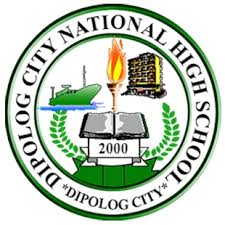ECOLOGICAL PROFILE OF THE MANGROVE LAGOON IN DIPOLOG CITY NATIONAL HIGH SCHOOL
Keywords:
Mangrove biodiversity, school-based conservation, regeneration status, biodiversity indices, environmental assessment, SDG 14, Sonneratia alba, ecosystem resilienceAbstract
Mangrove ecosystems are vital coastal habitats that provide biodiversity support, shoreline protection, and climate regulation. This study assessed the biodiversity, regeneration status, and environmental conditions of a 2,500-square-meter mangrove lagoon situated within Dipolog City National High School, Zamboanga del Norte. Using transect-quadrat sampling and a 10-meter radius plot, the study documented species composition and vegetation structure, while environmental parameters—salinity, temperature, pH, and dissolved oxygen—were measured in situ. Biodiversity indices, including the Shannon-Wiener Index (1.84), Simpson’s Index (0.80), and Pielou’s Evenness (0.74), revealed moderate ecological diversity and balance. Results showed low salinity (0.5 ppt) and low dissolved oxygen levels (<3.0 mg/L), potentially affecting the survival of saline-dependent mangrove species such as Sonneratia alba. Despite these limitations, high sapling density (n = 103) indicated active regeneration and ecological resilience. Field notes provided additional insight into hydrological constraints and species vulnerability. The study recommends improving drainage systems, integrating site-based learning into the school curriculum, and pursuing partnerships with local and national agencies to enhance protection and education efforts. These findings contribute to the UN SDGs (13, 14, and 15), align with the Philippine Biodiversity Strategy and Action Plan (PBSAP), and support the inclusion of school-managed ecosystems in national environmental governance.





